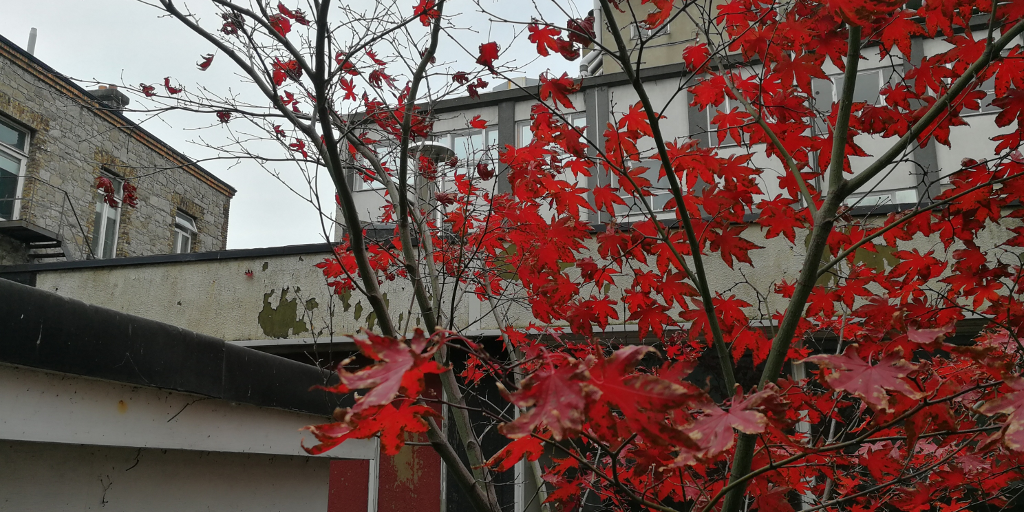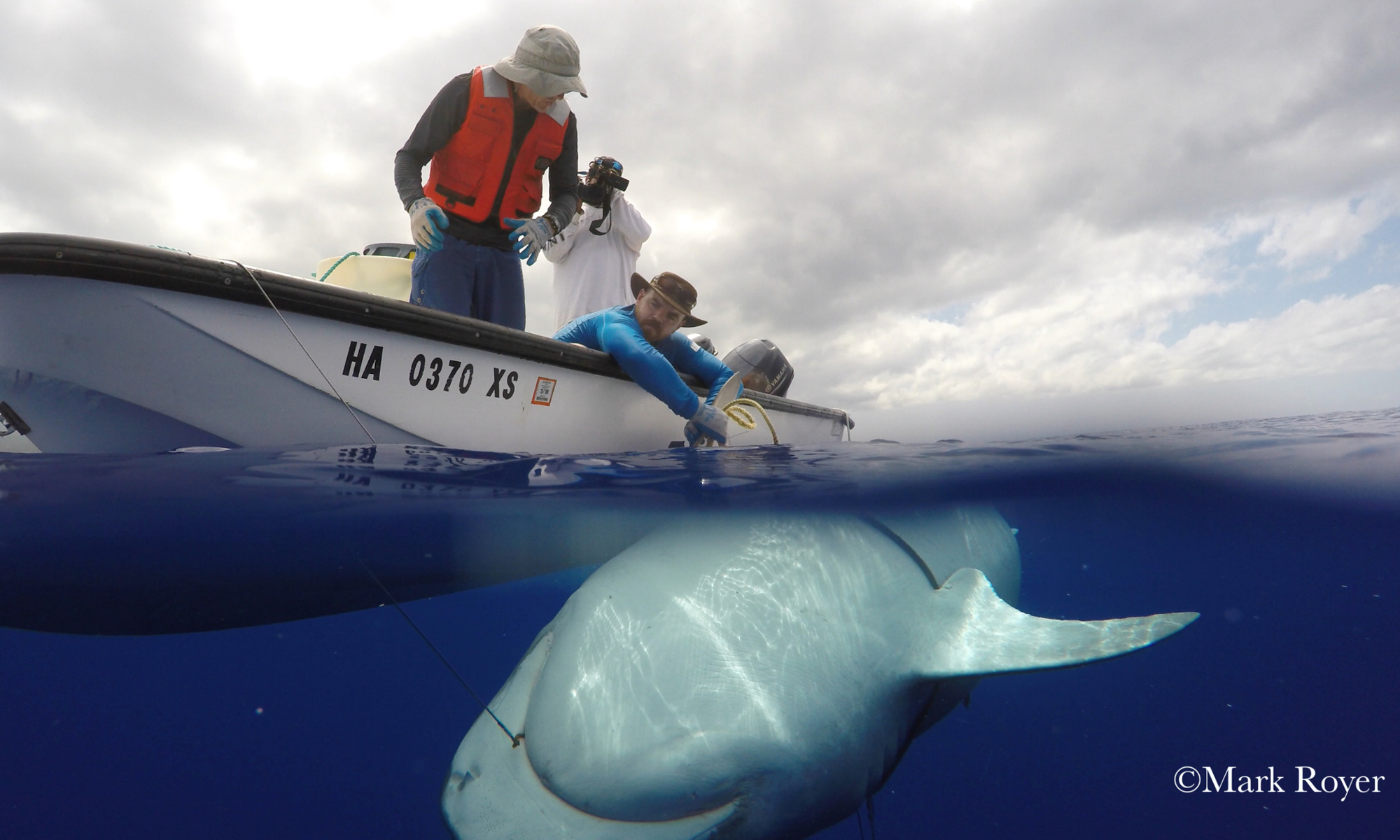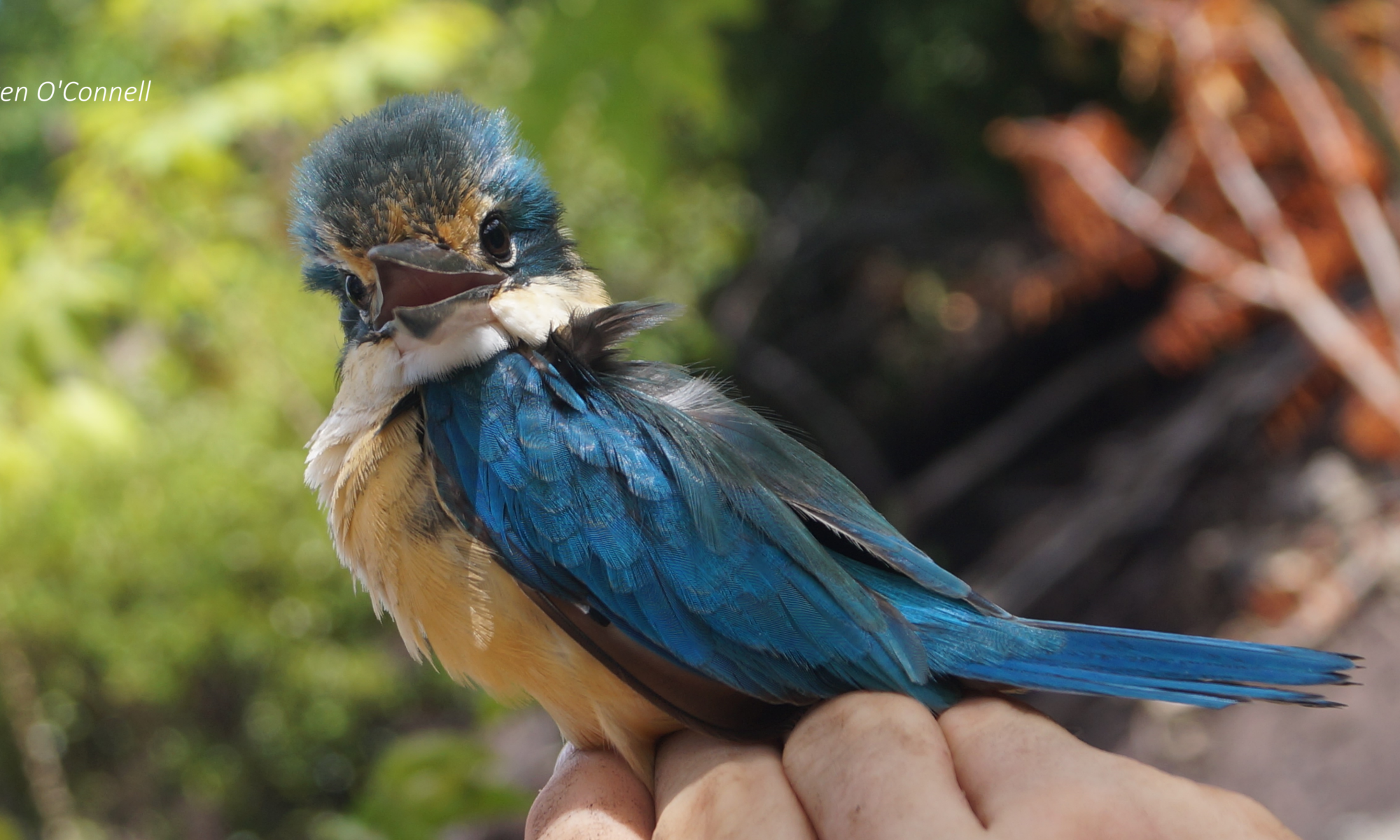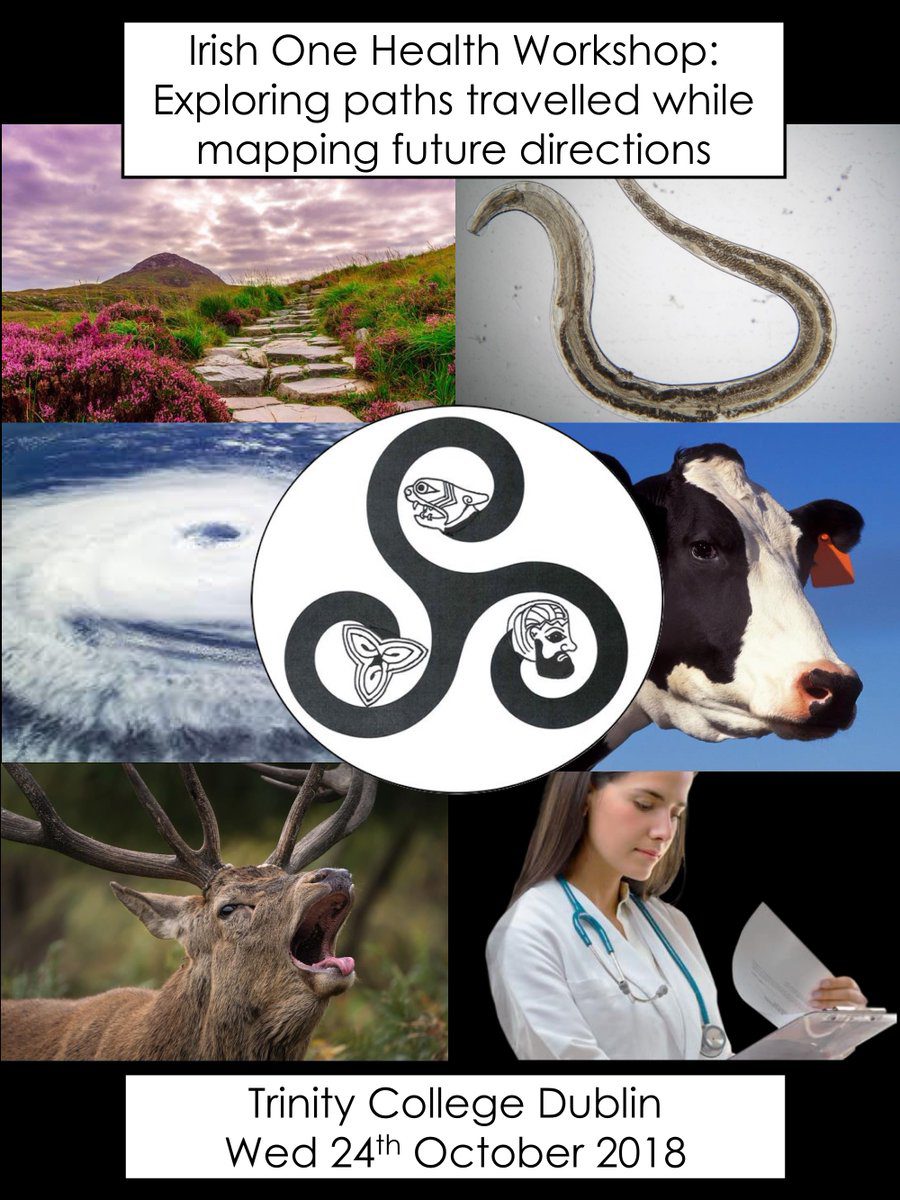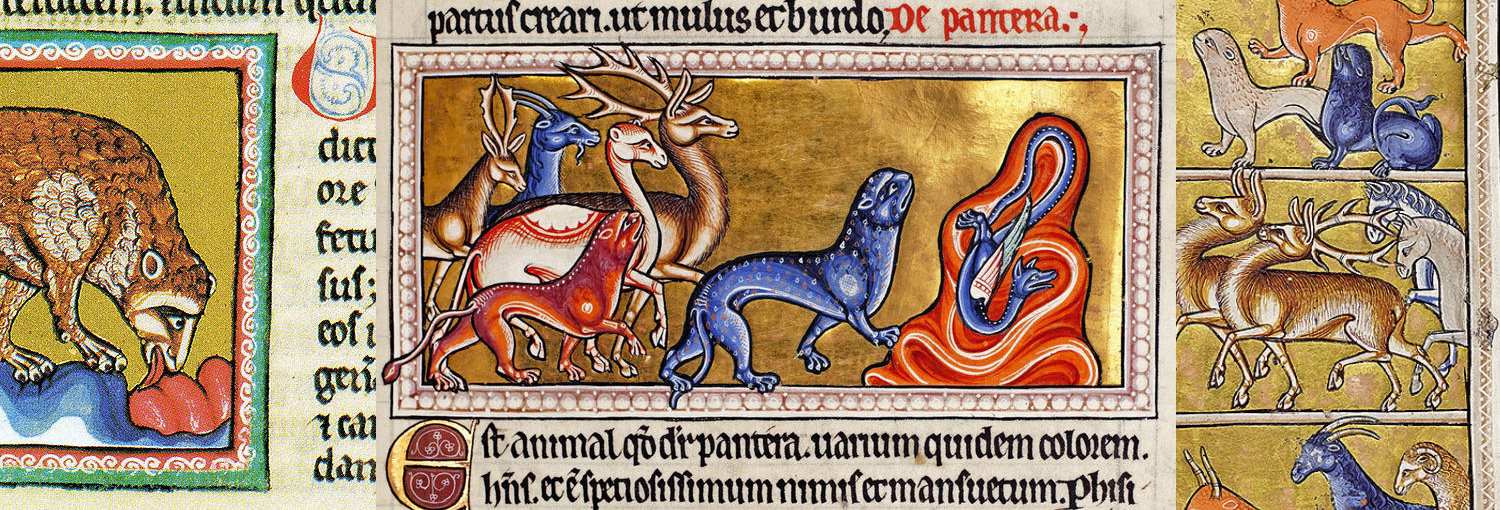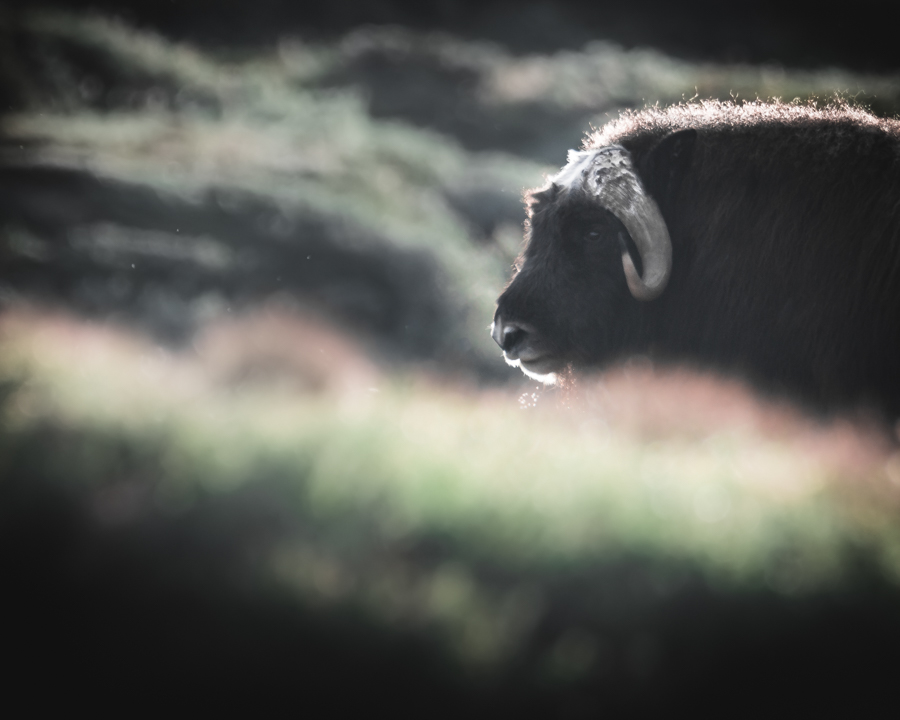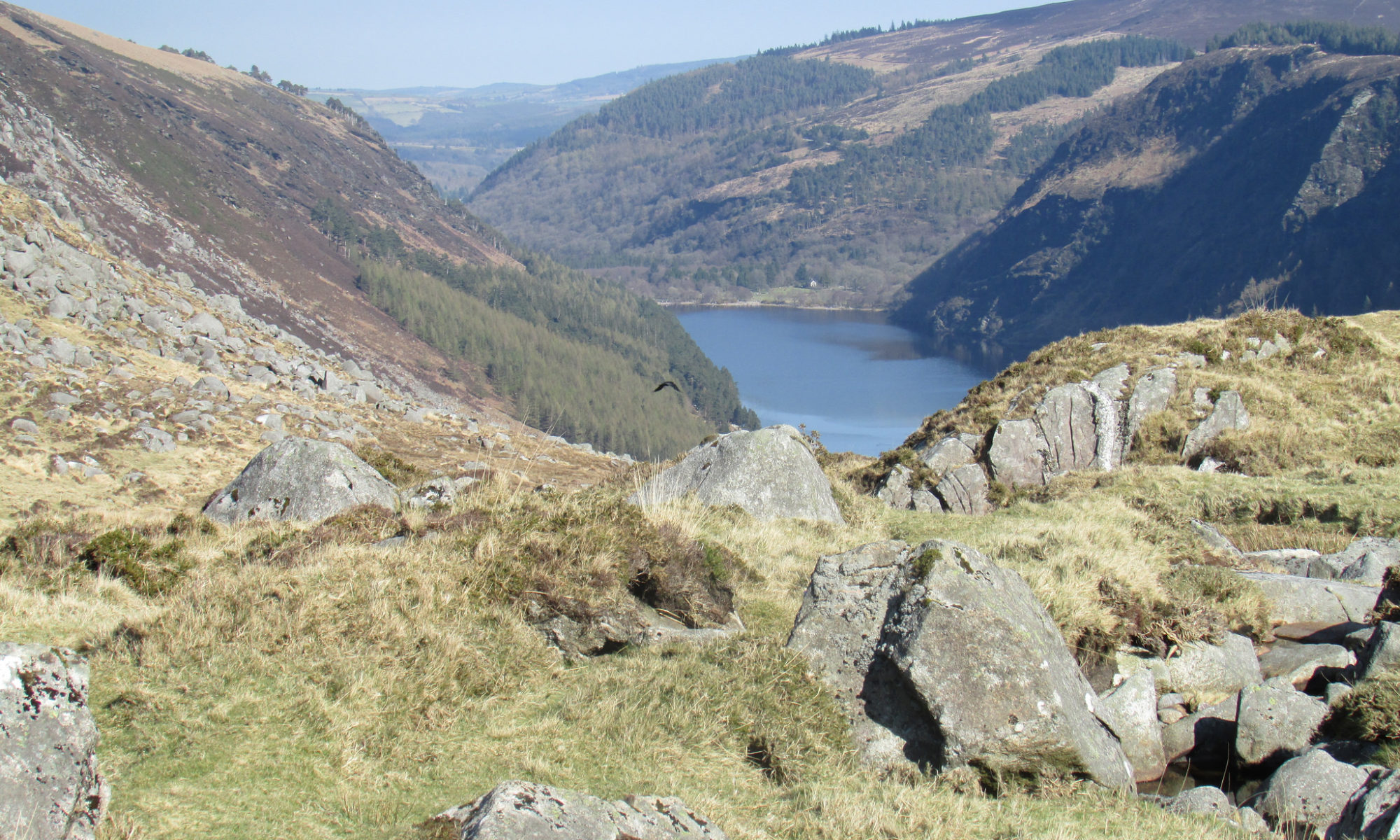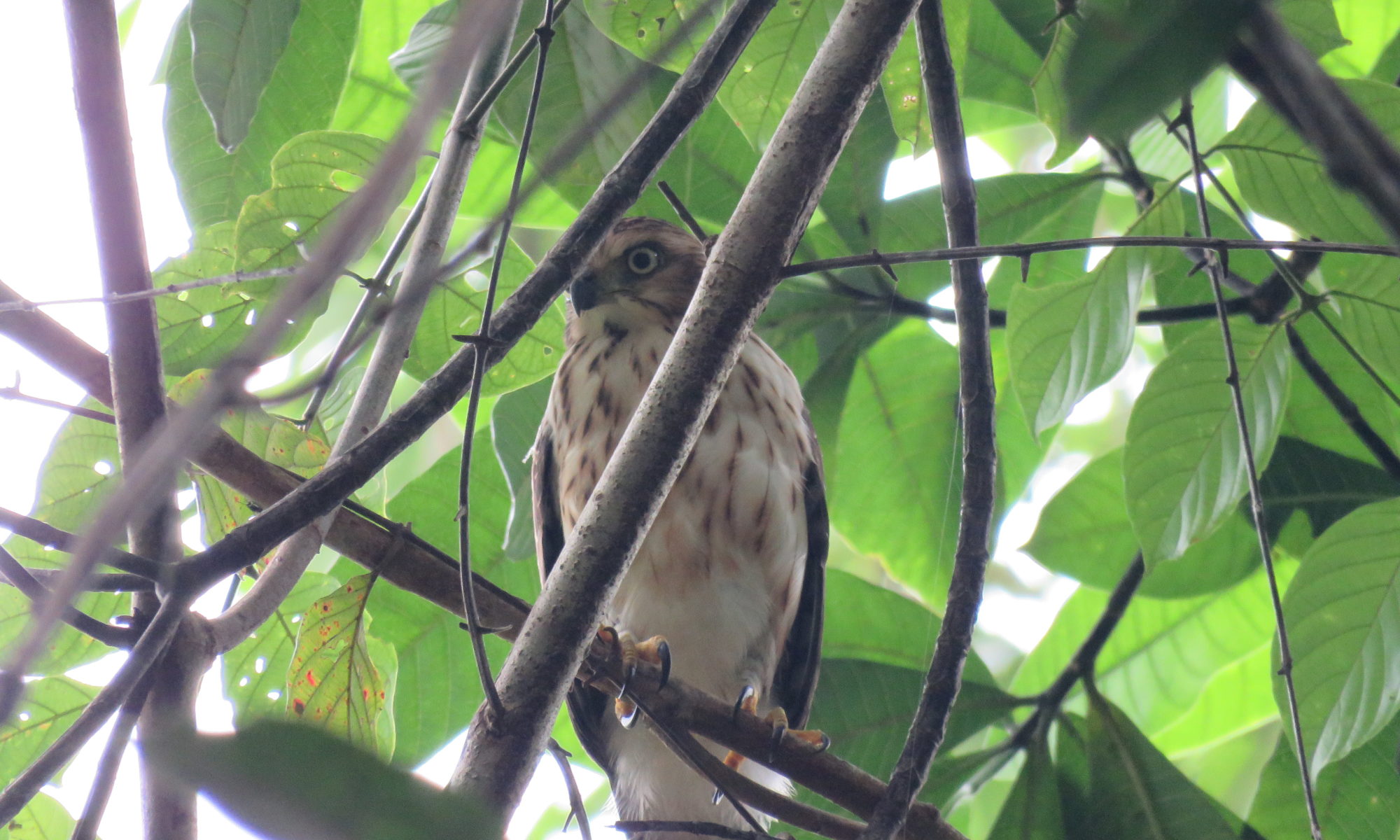Every day we hear about gender and diversity in science. #WomenInScience tags receive hundreds of tweets and virtual pats-on-the-back. Some might argue that it has become fashionable to talk about women in science. But does all this talk reflect the experience of being part of an under-represented group in science? Continue reading “Closing the Gap Between Diversity Talk and Diversity Actions”
Eco Evo’s 2nd Annual Photography Competition
Photos have been submitted, votes have been cast, and we are now ready to announce the winner of the Eco Evo Photo Competition! Read on to view the whole gallery of entered photos, with the winner at the end. It was brilliant to receive so many great entries, on such varied subjects. This gallery is a testament to the diverse array of interesting things the people of our Zoology and Botany Departments are involved in.
Continue reading “Eco Evo’s 2nd Annual Photography Competition”
Kingfisher Evolution in the Wallacea Region
Studying diversification in the Todiramphus kingfishers of Sulawesi often brought to mind the adage, ‘what is rare is beautiful’. Though I certainly also learned that rare beauties can be incredibly frustrating! While I could be guaranteed to catch my other main study taxa, Zosterops white-eyes, by the dozen in the right habitat, Collared Kingfishers (Todiramphus chloris) and Sacred Kingfishers (Todiramphus sanctus) were much more elusive. This made them maddening study species, but ensured that every time I got to grips with one was a special moment. Each bird caught was measured and had a few flank feathers taken before release. Even the most disappointing site could be made worthwhile by catching a kingfisher. In particular, I’ll never forget a particularly fetid swamp in the backwoods of Sulawesi, as I’m pretty sure all the mosquitos in the world lived there. It yielded our worst ever bird catches, but two crucial Collared Kingfishers! These moments of elation have stuck with me, and have ensured that the Todiramphus kingfishers are the study species I’m most fond of.
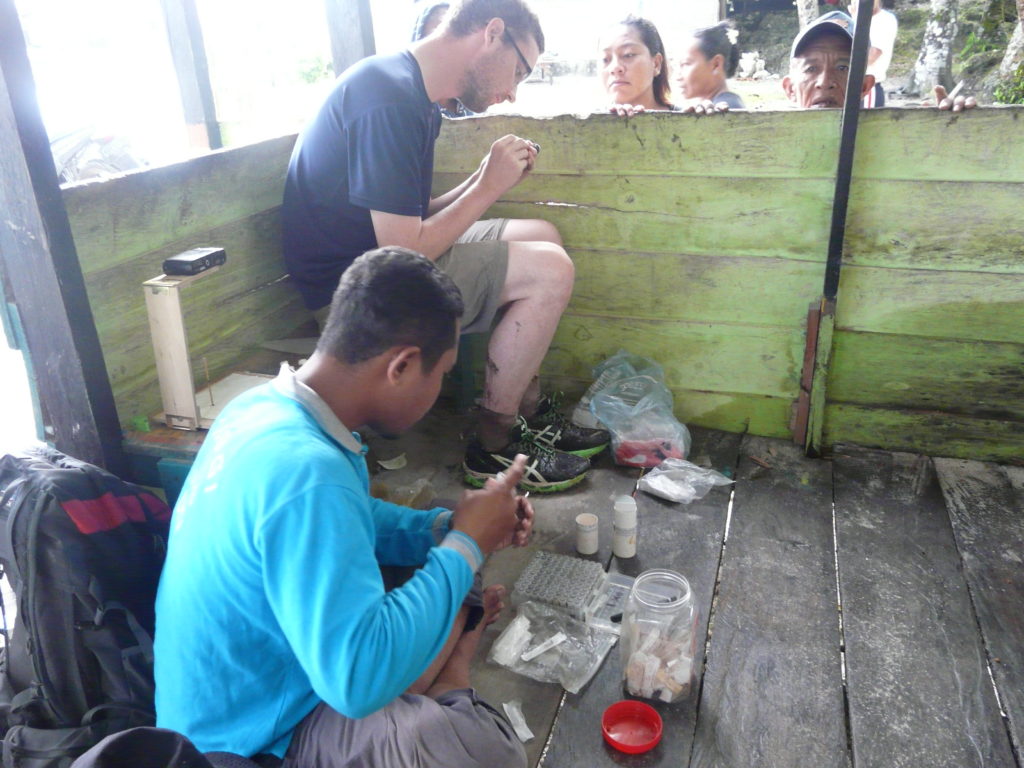
Continue reading “Kingfisher Evolution in the Wallacea Region”
Exploring the One Health Initiative in the Irish context
Last week, the Zoology department hosted the first Irish One Health workshop, welcoming speakers and attendees from a range of disciplines. This gathering provided an opportunity to discuss the One Health initiative, which aims to solve world health problems through transdisciplinary collaboration, through a series of short presentations discussing various aspects of global health, and ample time for discussion between attendees, including representatives from the DAFM, EPA, HSE and AFBI.
Our own Dr Peter Stuart, who organised this workshop, gave a fascinating introduction to the concept of One Health, using the example of Hookworm in the American South during the 20th century as proof that we need to work collaboratively to solve current health issues.
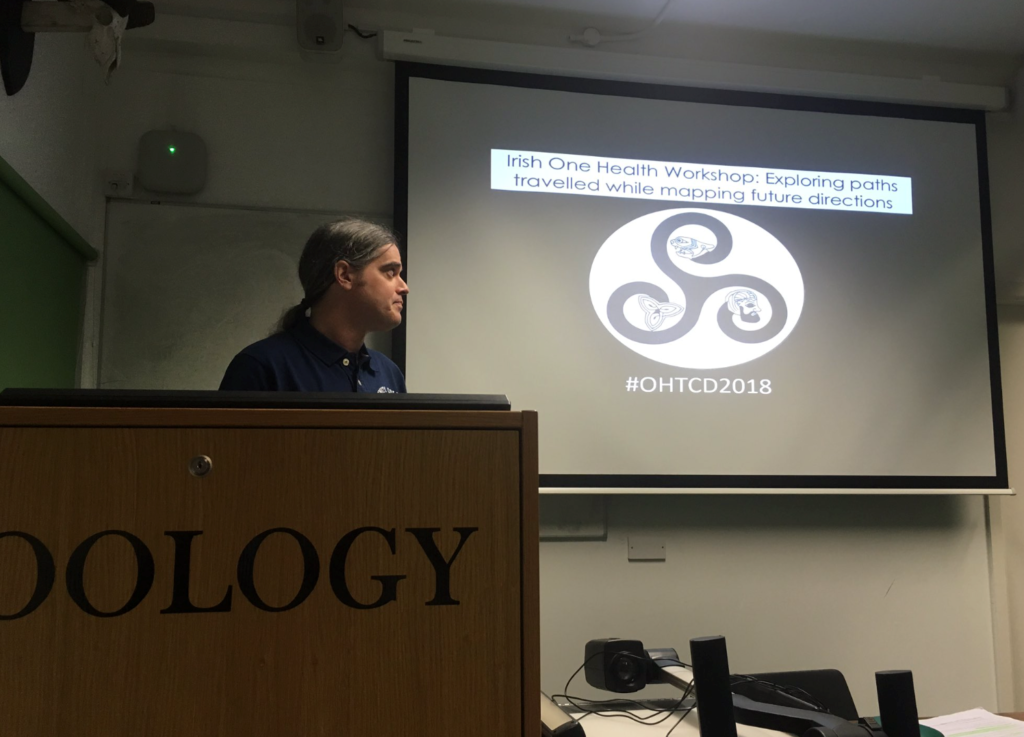 Photo credit: @Horse_Techie Continue reading “Exploring the One Health Initiative in the Irish context”
Photo credit: @Horse_Techie Continue reading “Exploring the One Health Initiative in the Irish context”
Medieval Zoology
Ever since the observations of Aristotle, said to be the earliest works of Western biology, we have endeavoured to understand the workings of the natural world. But the modern scientific method is a relative latecomer on this scene, and it is fascinating and humbling to see the many creative ways in which we have managed to get it wrong over the years. Modern zoology, ancient zoology, and medieval zoology are all part of the same weird and wonderful phylogenetic tree.
Before there were peer-reviewed journals, there were bestiaries, medieval books that described the world’s animals as Europeans of the time understood them. Before there were Zoology Departments, zoologists (or the closest thing that existed at the time) would put forth ideas that seem ridiculous today. Three of their best theories are collected below. Continue reading “Medieval Zoology”
The Death of an Idea
I find it hard to let go.
As scientists, our currency is ideas. We’re judged on the quality of our science through the papers we produce and the ideas we share. No matter your thoughts on the current state of academic publishing, this is the way it is for now. Continue reading “The Death of an Idea”
Searching for Musk Oxen in Dovrefjell, Norway
Last July, a friend and I went on a wild camping road trip around southern Norway. The highlight was definitely seeing musk oxen (Ovibos moschatus) in Dovrefjell. Spending a couple of days watching and photographing these animals in the wild was an experience I’ll never forget. Continue reading “Searching for Musk Oxen in Dovrefjell, Norway”
From Worms to Wildfire: Natural Sciences at PROBE 2018
On the evening of Friday the 28th of September, the event known as PROBE took place in Front Square. Part of European Researchers’ Night, PROBE was described by organisers as “a free public pop-up festival showcasing the diverse range of academic research taking place in Dublin”. No event on Dublin research would be complete without representatives from Zoology and Botany, so Eco Evo spoke to some of the researchers bringing parasitology, fire ecology, and pollinators to the people of Dublin. Continue reading “From Worms to Wildfire: Natural Sciences at PROBE 2018”
Welcome to Eco Evo in 2018
Hello and welcome to the start of another academic year at Trinity College Dublin.
You’re on EcoEvo@TCD, the blog of the TCD Zoology and Botany Departments. It was started in 2012 and houses writing from postgraduate and undergraduate students, postdoctoral researchers, and staff of the Departments. Follow this blog for updates on the research carried out here, musings on academia and the wider ecological and evolutionary worlds, and stories on all that’s weird and wonderful in zoology and botany.
My name is Fionn Ó Marcaigh and I’m this year’s Editor, taking the reins after a great year from Sam Ross. In the last year, the blog was made sleek and modern with an update to the latest version of WordPress, and a theme based on Alain Finn’s photo of an Alpine Salamander. We’ll be holding the competition for a new theme photo in the coming weeks, so stay tuned if you want to make your photo the new face of EcoEvo@TCD! We had lots of participation, which we’re hoping to keep up for the next year.
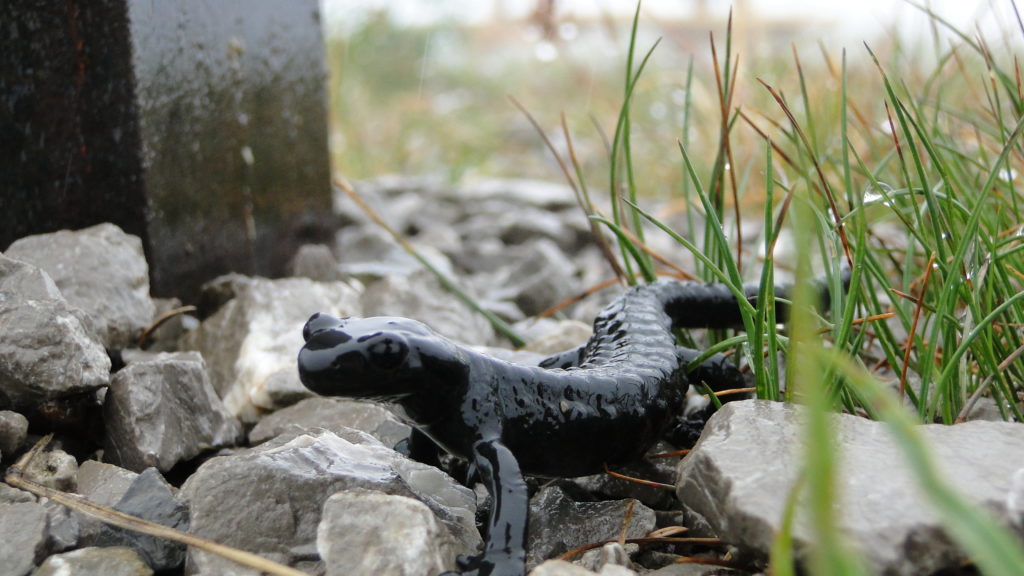
I’ve studied here in Trinity for five years (so far!), graduating from Zoology in 2016 and starting a PhD in 2017. I’ve seen how many interesting stories there are to tell here, and I’m looking forward to helping to bring them to you through this blog. Everyone here is passionate about their science, and everyone has something to say about research, the natural world, or something related that interests them personally.
You can follow us here on WordPress or on the Eco Evo Twitter feed, so however you do it we hope you enjoy the blog in the coming year.
Yours,
Fionn
______________
About the Author
Fionn Ó Marcaigh is a PhD student in Nicola Marples’s research group in the Department of Zoology, Trinity College Dublin. Supported by the Irish Research Council, he is using birds on Indonesian islands to study evolution, biogeography, and speciation. Find out more here:
Website | TCD Zoology Profile
Twitter | @Scaladoir
Research Gate | Profile
LinkedIn | Profile
Range extension for the Dwarf Sparrowhawk
Biodiversity monitoring work can often be disheartening. Typically, we end up documenting a decline in whatever species we are working with. So it’s always a pleasure to have the opportunity to deliver some positive news. A stroll with my collaborator Adi Karya around his university campus in Kendari city provided an unexpected opportunity to do just that. Halu Oleo University has quite a unique green space, a 65 ha patch of city forest, an island of jungle in a sea of urban development. While picking our way through a particularly muggy gully we saw the flash of a small raptor in the canopy, giving me just enough time to snap off a shot before it skulked away. Continue reading “Range extension for the Dwarf Sparrowhawk”

